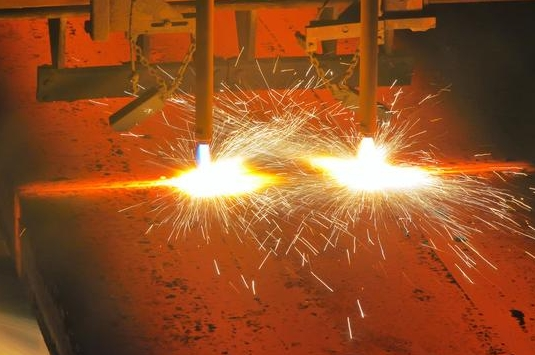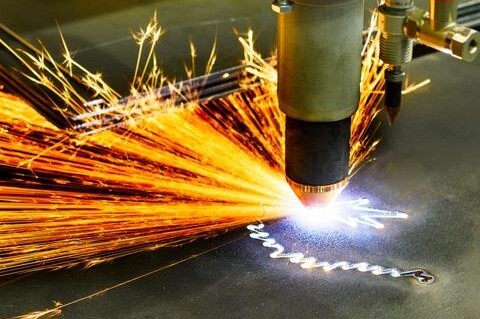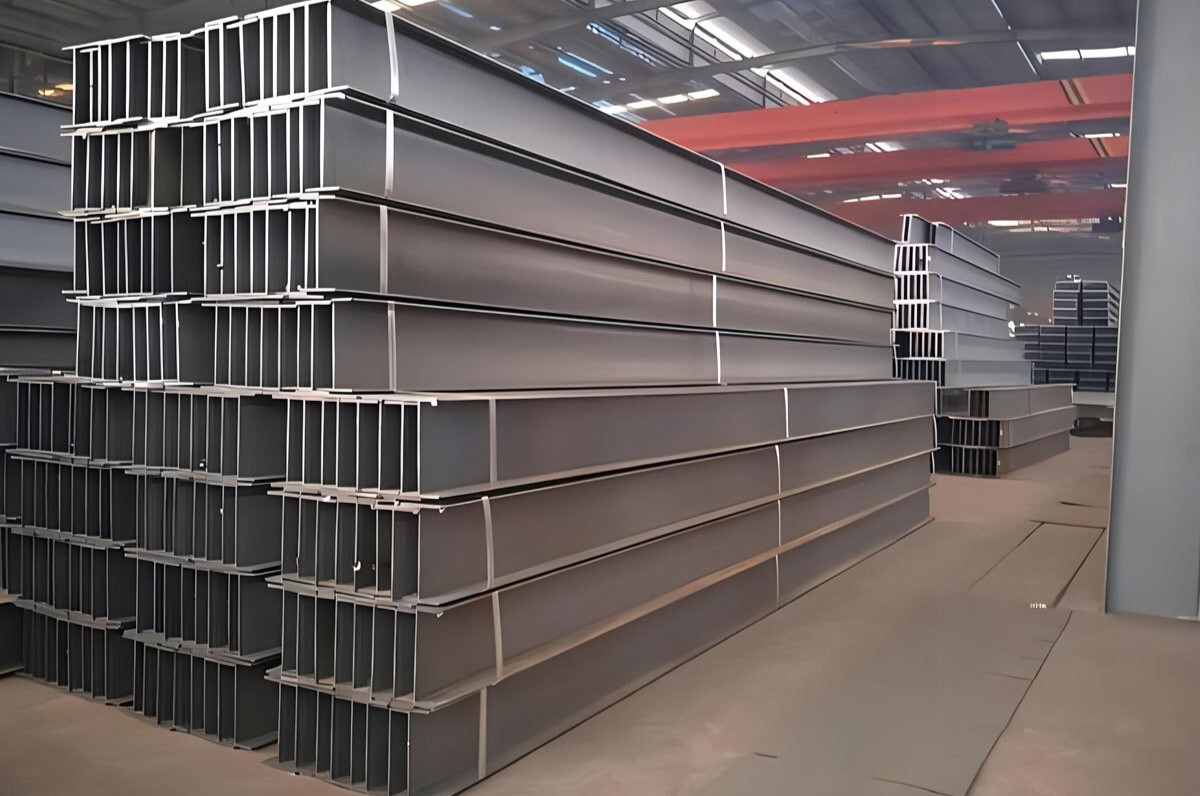Comparison Between Flame Cutting Machines and Plasma Cutting Machines
In the field of industrial cutting, both flame cutting machines and plasma cutting machines have their unique advantages and applications. To help you better understand their differences, we’ve detailed a comparison across several key aspects:

1. Cutting Method
Flame Cutting Machine: Flame cutting uses high-temperature flames to heat the steel plate surface to its ignition point, followed by high-pressure oxygen to oxidize the metal and form a cut. This method is ideal for most carbon steel cutting, particularly for thicker steel plates.
Plasma Cutting Machine: Plasma cutting utilizes the heat of a high-temperature plasma arc to melt and remove the metal at the cutting point, forming a cut. It is suitable for a wide range of metal materials, including stainless steel, aluminum, and copper.
2. Cutting Gases
Flame Cutting: Typically requires fuel gas and oxygen. Common gases include acetylene, propane, and natural gas. For practicality and safety, propane is the most widely used gas in modern flame cutting.
Plasma Cutting: Involves a variety of gases, including argon, hydrogen, nitrogen, oxygen, air, and water vapor, or specific gas mixtures, depending on the cutting requirements.
3. Cutting Thickness
Flame Cutting: Suitable for a wide range of thicknesses, generally from 6mm to 200mm. With special modifications, it can cut up to 350mm.
Plasma Cutting: The maximum cutting thickness depends on the power source used. It is commonly used for cutting thinner metal plates, ranging from 5mm to 30mm.
4. Cutting Materials
Flame Cutting: Primarily used for cutting and shaping ordinary carbon steel plates. It is not effective for non-ferrous metals such as stainless steel, aluminum, and copper.
Plasma Cutting: Versatile for a variety of metals, including stainless steel, aluminum, copper, manganese steel, and carbon steel (e.g., Q235). It excels in cutting non-ferrous metals.
5. Cutting Speed
Flame Cutting: Significantly faster than manual cutting. For example, when cutting 20mm-thick steel plates, the speed is approximately 450mm/min.
Plasma Cutting: Offers even higher speed compared to flame cutting. For the same thickness, the cutting speed can reach about 1500mm/min, roughly three times faster.
6. Cutting Quality
Flame Cutting: Typically delivers better verticality in the cut, with straighter edges, especially when cutting thicker materials.
Plasma Cutting: Produces cuts with slight angularity, particularly noticeable in thinner materials. While it cuts faster, the cut quality may be slightly inferior to flame cutting.
7. Cutting Costs
Flame Cutting: Features lower initial equipment investment. However, the running costs are higher due to fuel and oxygen consumption. For an 8-hour shift, the cost of fuel and oxygen amounts to approximately $20 USD.
Plasma Cutting: Requires higher initial investment because of the power source and additional accessories. However, its operating cost is lower. Using a 6kW power source as an example, the cost for an 8-hour shift is about $12 USD. This makes plasma cutting more economical for long-term use.

Conclusion
Flame Cutting Machine: Best suited for cutting thick metal plates, particularly carbon steel. It requires lower initial investment but incurs higher operating costs.
Plasma Cutting Machine: Ideal for various metal materials, especially non-ferrous metals. While the initial investment is higher, it has lower running costs and is perfect for scenarios requiring efficient and precise cutting.
Choosing the right cutting technology is crucial depending on your requirements and budget. If you need further information or technical support on equipment selection, feel free to contact the ZMDE team. We are here to provide professional advice and solutions tailored to your needs.



